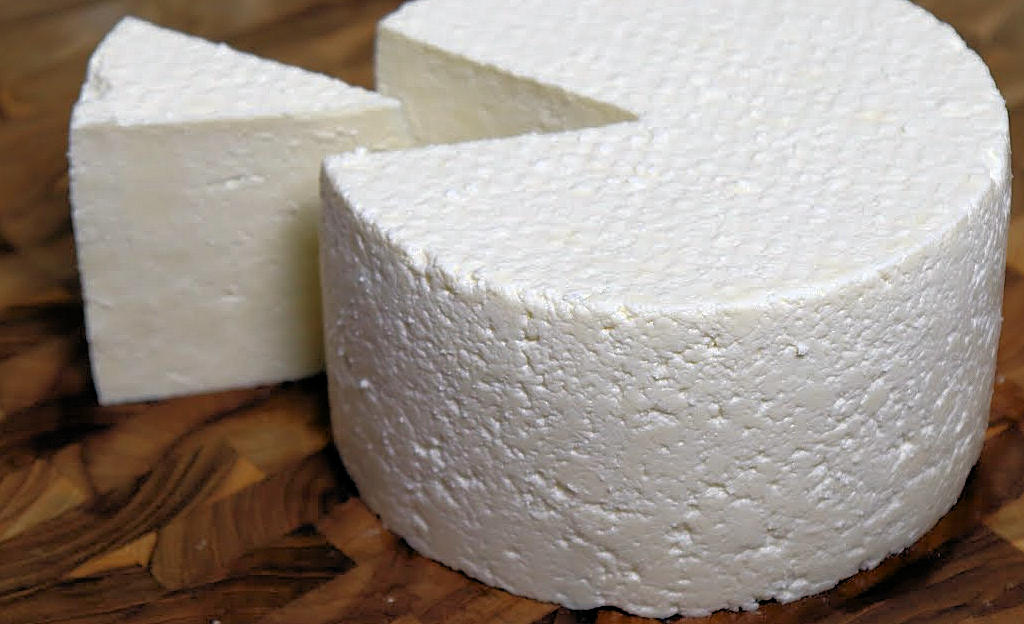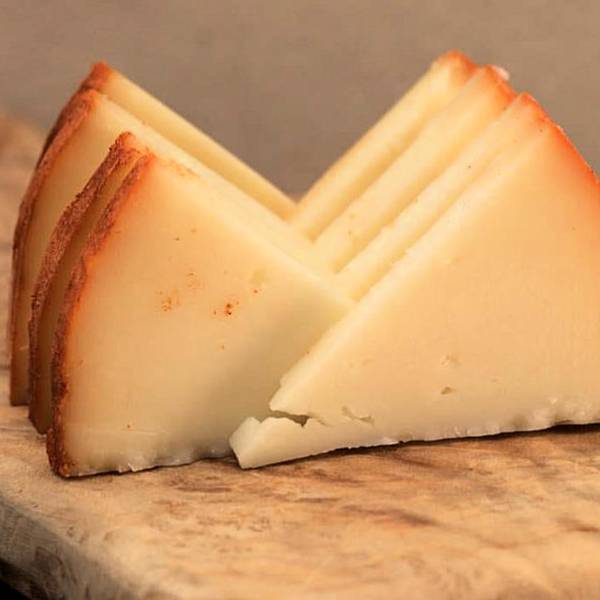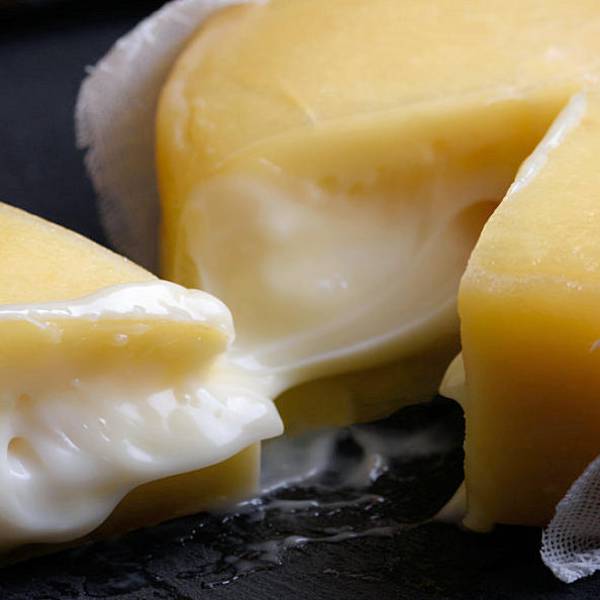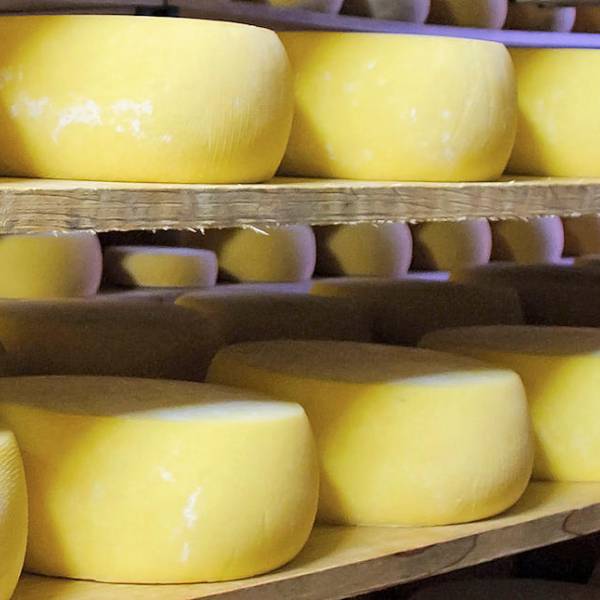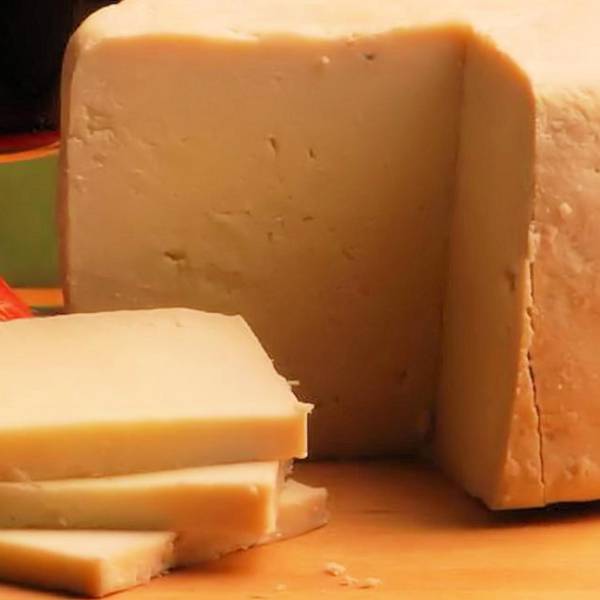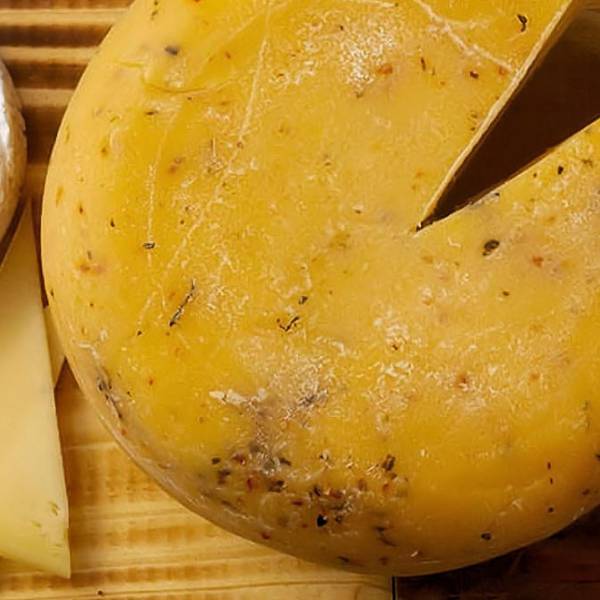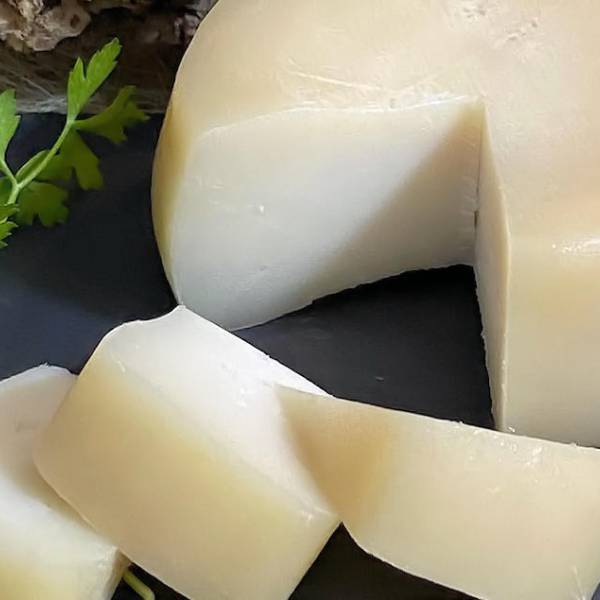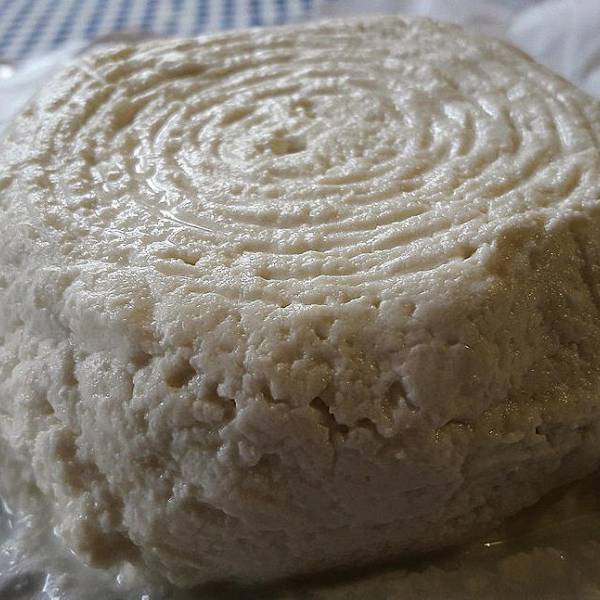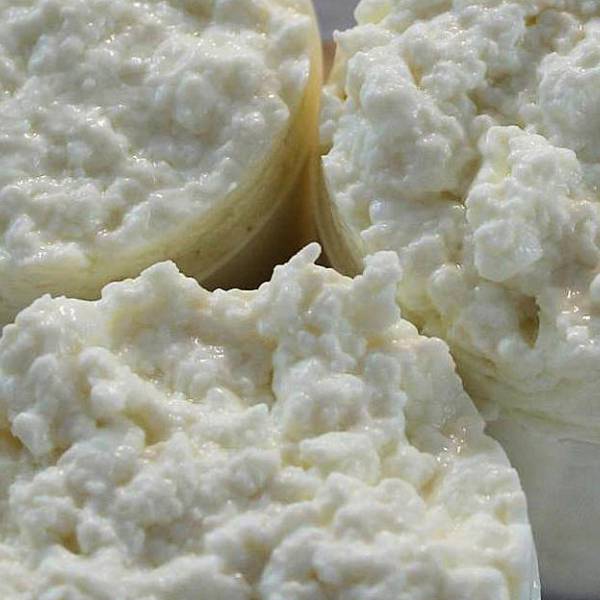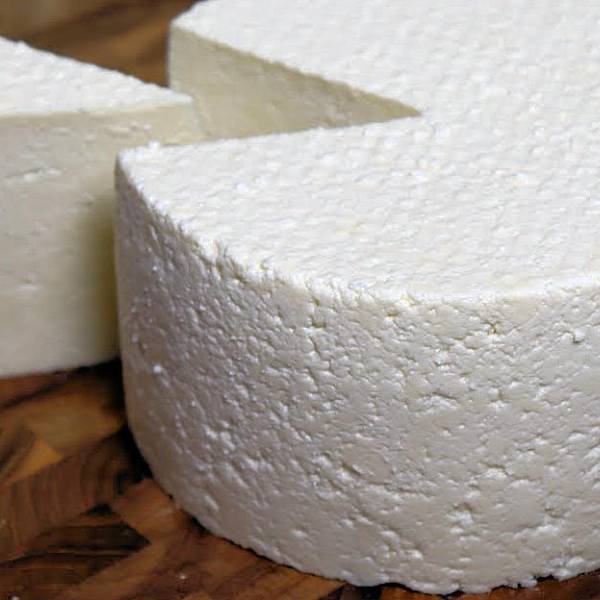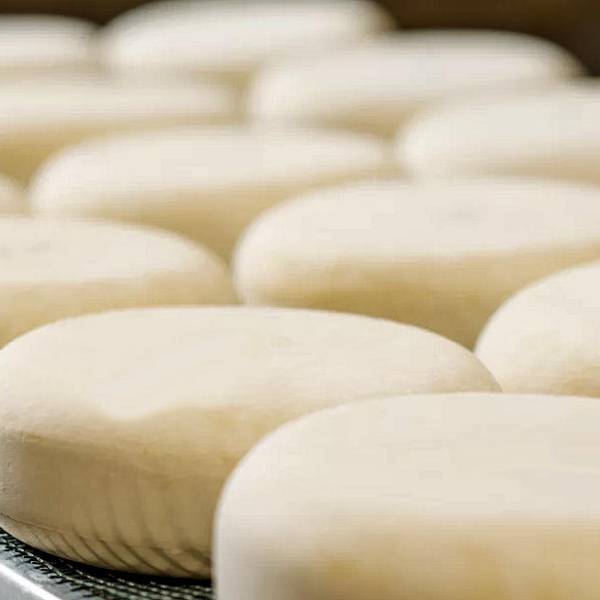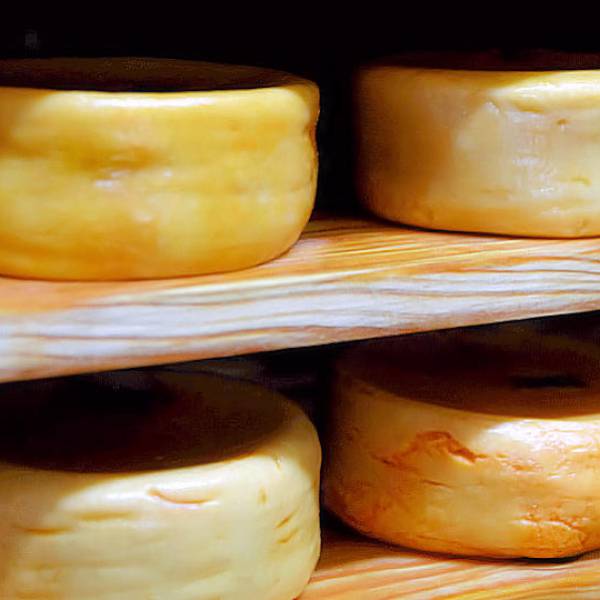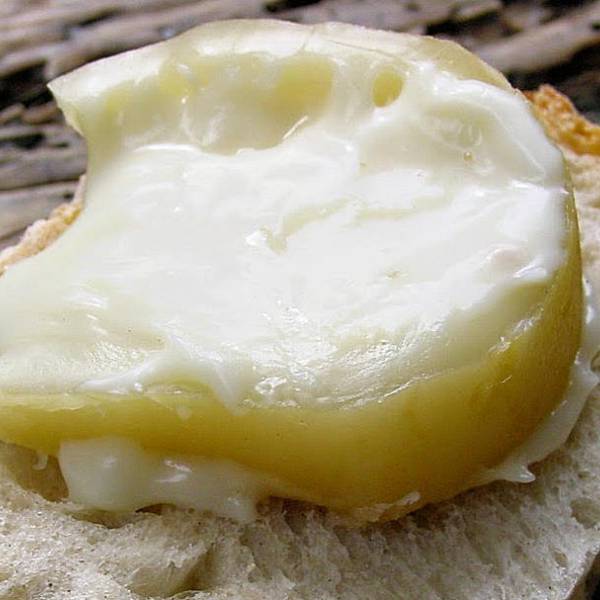Beyond its gastronomic appeal, Queijo Fresco symbolizes the Portuguese identity and heritage. It serves as a reflection of the country's rural and pastoral traditions, while also showcasing the influence of Mediterranean cuisine. Portuguese producers take immense pride in their craftsmanship, adhering to rigorous standards and regulations to ensure the authenticity and safety of this treasured cheese.
Although the exact origins of Queijo Fresco remain elusive, it is believed to trace back to Roman times when cheese-making flourished on the Iberian Peninsula. The Romans introduced the use of rennet, an enzyme derived from the stomach of young animals, to coagulate the milk and separate the curds from the whey. These curds were then skillfully pressed into molds, giving birth to the delectable cheese we know today.
Traditionally, Queijo Fresco was produced by dedicated farmers and shepherds who utilized the milk from their own cows or goats. The cheese was consumed fresh or preserved in brine or olive oil, allowing its remarkable flavors to withstand the test of time. Local markets and fairs served as vital hubs for the trade and appreciation of this cheese, where its freshness and taste captivated the discerning palates of consumers.
Queijo Fresco's popularity soared over the centuries, particularly after the 15th century, when Portugal embarked on a series of explorations to discover new lands and cultures. Portuguese sailors recognized the cheese's exceptional nutritional value and longevity, making it an ideal food to sustain them during lengthy voyages without refrigeration. Consequently, Queijo Fresco became an ambassador of Portuguese culinary traditions, reaching far-flung corners of the world, including Brazil, Angola, Mozambique, and India. These diverse regions embraced the cheese, adapting it to their local tastes and ingredients, further enriching its legacy.
Today, Queijo Fresco holds a well-deserved place as one of Portugal's most beloved cheeses. Its production extends across different regions of the country, each imparting its own distinct characteristics and variations. Among the notable varieties are:
Queijo Fresco de Azeitão: This PDO (Protected Designation of Origin) cheese hails from the Setúbal Peninsula. Crafted from raw sheep's milk, it tantalizes with a creamy texture and an alluring aroma that captivates the senses.
Lisbon.vip Recommends
Queijo Fresco do Alentejo: Emerging from the Alentejo region, this PGI (Protected Geographical Indication) cheese is crafted from cow's or sheep's milk, or a harmonious blend of both. It offers a soft texture and a subtly tangy taste that adds character to any dish.
Queijo Fresco da Beira Baixa: Nestled in the Beira Baixa region, this PGI cheese is expertly crafted from cow's or goat's milk, or a skillful combination of the two. It showcases a velvety texture and a delicate flavor that lulls the senses into a state of pure bliss.
Queijo Fresco serves as a testament to Portuguese culture and cuisine. This unpretentious yet captivating cheese captures the hearts and taste buds of both locals and visitors alike. Whether enjoyed fresh on a sunny morning or incorporated into elaborate culinary creations, Queijo Fresco has woven itself into the fabric of Portuguese traditions. It stands as a humble reminder of the country's diversity, creativity, and unwavering dedication to preserving its culinary heritage.


